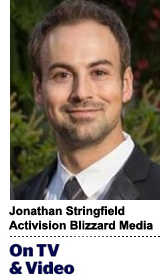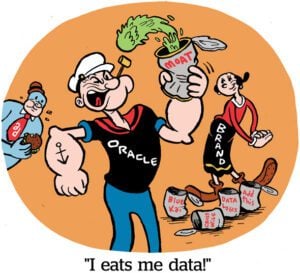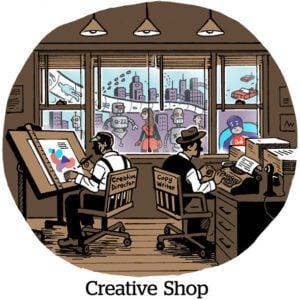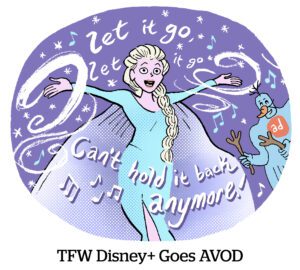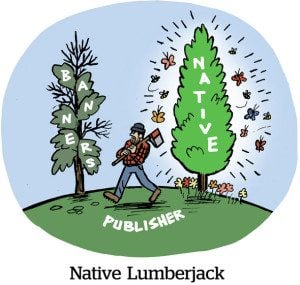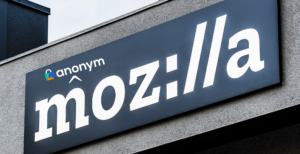“On TV And Video” is a column exploring opportunities and challenges in advanced TV and video.
Today’s column is written by Jonathan Stringfield, vice president and global head of business marketing, measurement and insights at Activision Blizzard Media.
Video advertising on mobile – a reasonably recent phenomenon – has increasingly spurred conversations about optimizations and best practices.
The debates have focused on orientation (horizontal vs. vertical), format (pre- vs. mid-roll) and, perhaps most hotly contested, ad length. The prevailing wisdom of “shorter is always better” has started to show some cracks, as mobile innovation video darling Snapchat, a longtime bastion of shorter-form mobile, recently announced it would allow ads up to three minutes long on the platform.
That’s quite a shift from the previous 10-second limitation. Why the change? Certainly, one could assume that the opportunity to take on 15- or 30-second TV spots, which are almost never in short supply from advertisers, spurred the change. Alternatively, the answer could be that there is a real opportunity for longer ad spots on mobile, provided the right context and consumer mindset.
If we disabuse ourselves of the notion that mobile video advertising is intrinsically relegated to shorter formats, will consumers accept longer ads on their phones, and are there any benefits for brands? The research seems to substantiate both of these questions in the affirmative, and like so many things in advertising impact, context is key.
An IPG Media Lab study showed that a minimum of 15 seconds is generally needed to be truly persuasive, with both brand favorability and purchase intent increasing in a 15-second ad compared to a 5- or 10-second ad. When compared to 30-second and 45- to 60-second ads, both metrics increased even further. Kantar Millward Brown affirmed this perspective in a POV, “Optimizing Ads: Is Less Always More?”, arguing that making ads shorter and more impactful does not necessarily make them more effective.
Snapchat seems to be specifically embracing longer ads to be included in longer-format content experiences. These more leaned-in mobile experiences, which could include video on demand, gaming and streaming video, represent a natural opportunity for the ad length to fit the ad experience without damaging the consumer experience.
This does not, of course, imply that advertisers should simply port all their 30-second ads from TV directly to all mobile applications. The reality is quite a bit more nuanced; much of the discourse on the best ad length for mobile video, and the lion’s share of the insights, have been provided by feed-based social networks. It’s entirely likely that shorter is better in these quick-scroll environments. However, in some lean-in contexts, there are opportunities for longer content to find a home.
The takeaway for brands, agencies and advertisers is straightforward: Think about the context through which you are reaching your consumers, understand that it matters, and reconcile that there is not a one-size-fits-all strategy for mobile video.
Of course, developing these strategies does not come without costs, as this implies a more nuanced mobile plan across a variety of touchpoints for consumers, including social, gaming, music, streaming, etc. I’d argue the creative license – and potential efficiencies in porting TV assets to mobile – more than make up for the investment, and thus provide a solid foundation for brands to increase their impact on mobile.
The takeaway for publishers is perhaps no less clear, though maybe a somewhat bitter pill to swallow: They are leaving money on the table. TV spots will almost never be in short supply. While the ongoing recommendation to custom-fit video to specific quick-hit mobile environments is undoubtedly the right move from a consumer and brand impact perspective, it is asking brands to jump through a lot of hoops.
The middle ground is perhaps to not simply put the burden on advertisers to clip videos to platform taste, but rather, think carefully about how the consumer experience with the platform can be enriched in a way where the value brands are providing shines through, even if it takes a little more time to do so.
Follow Jonathan Stringfield (@JDStringfield), Activision Blizzard Media (@ATVI_ABMedia) and AdExchanger (@adexchanger) on Twitter.
